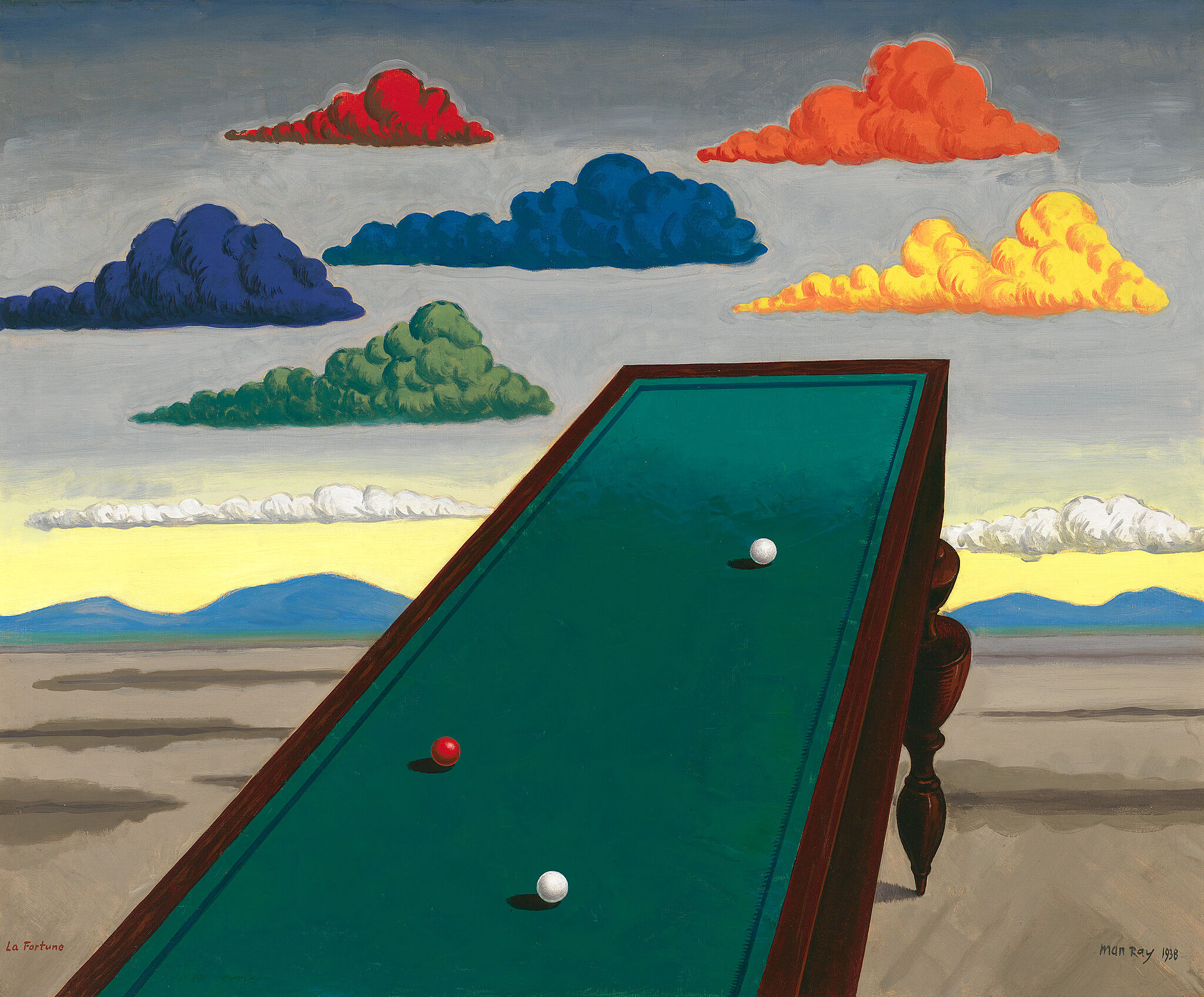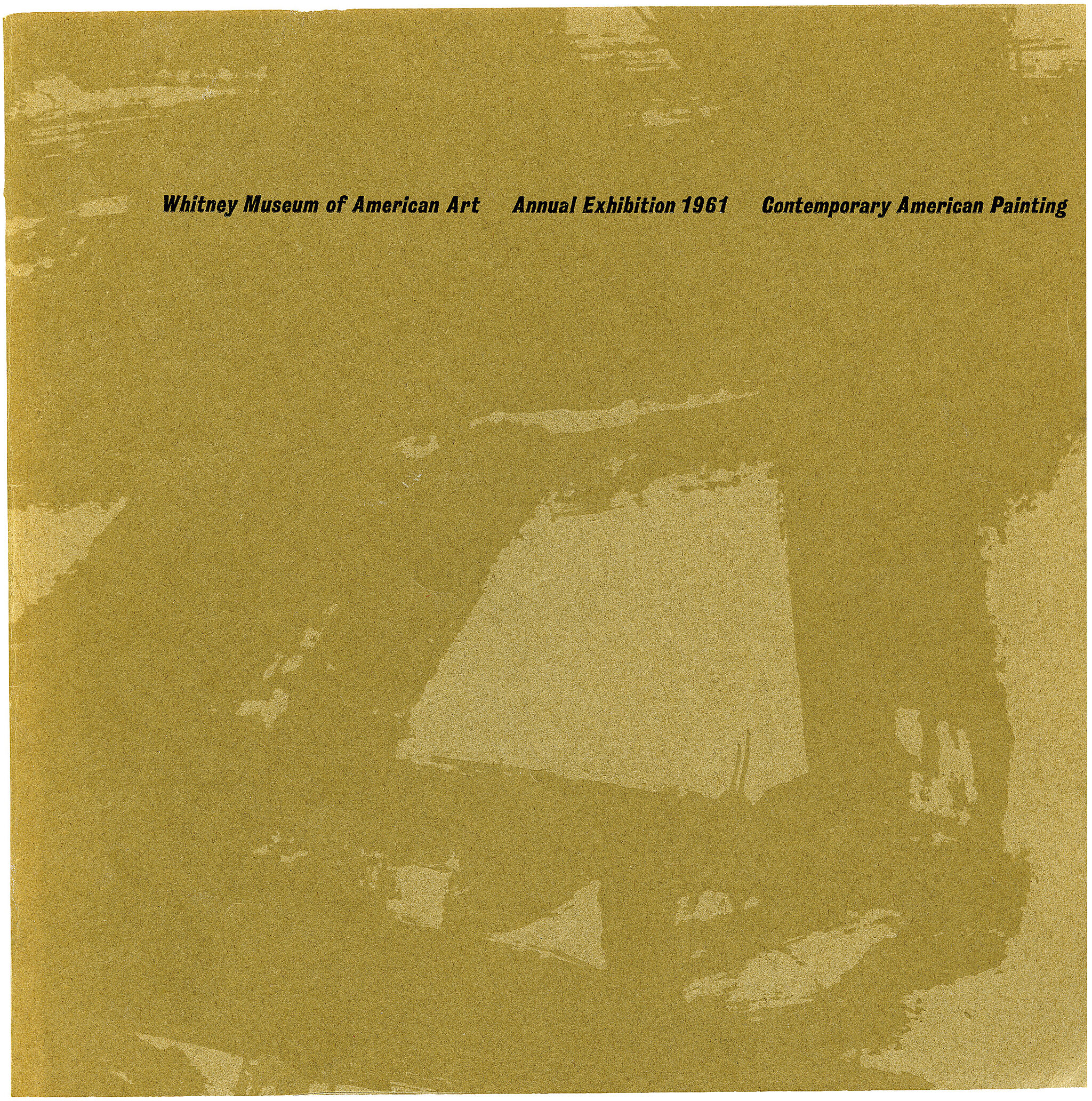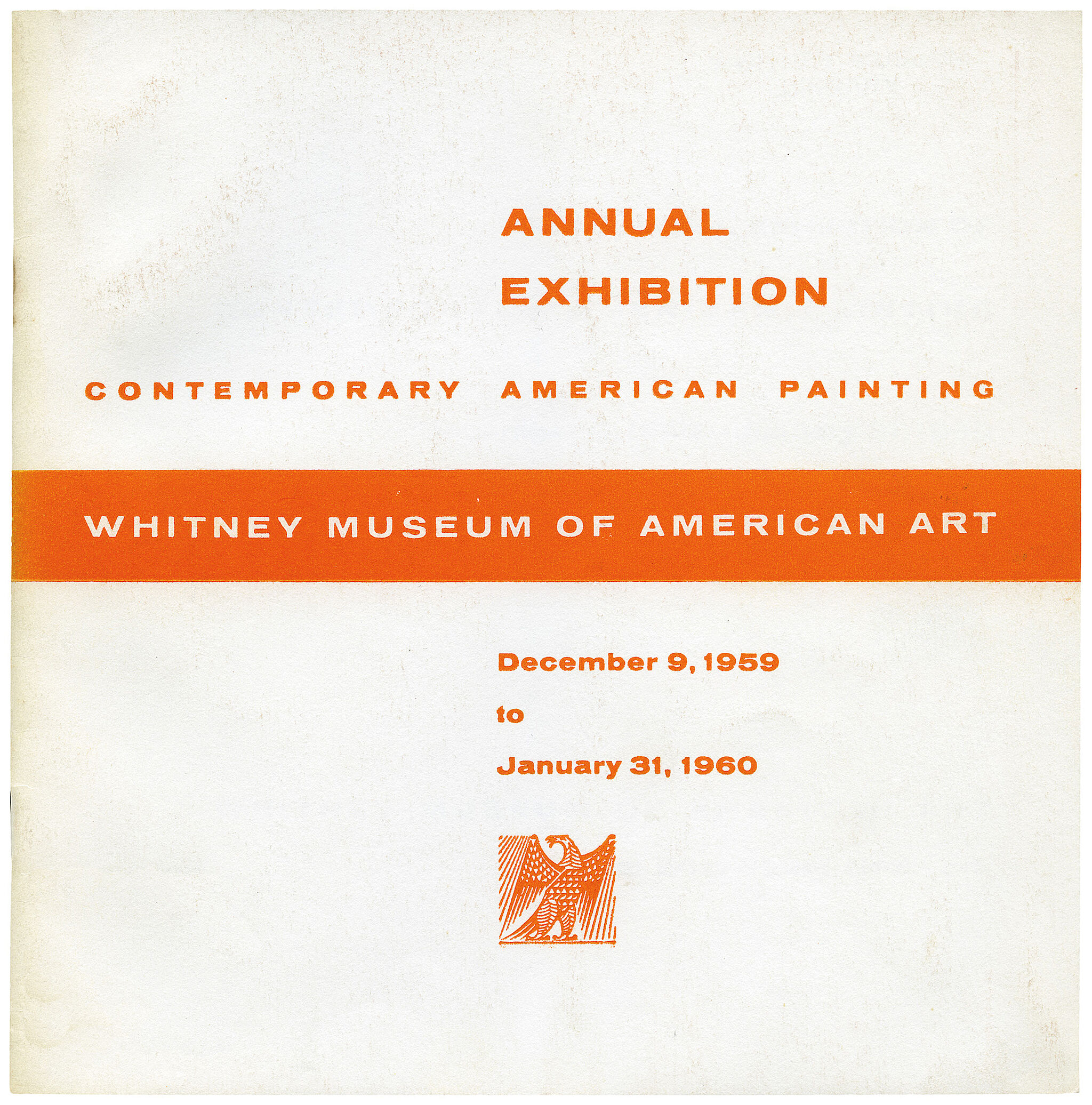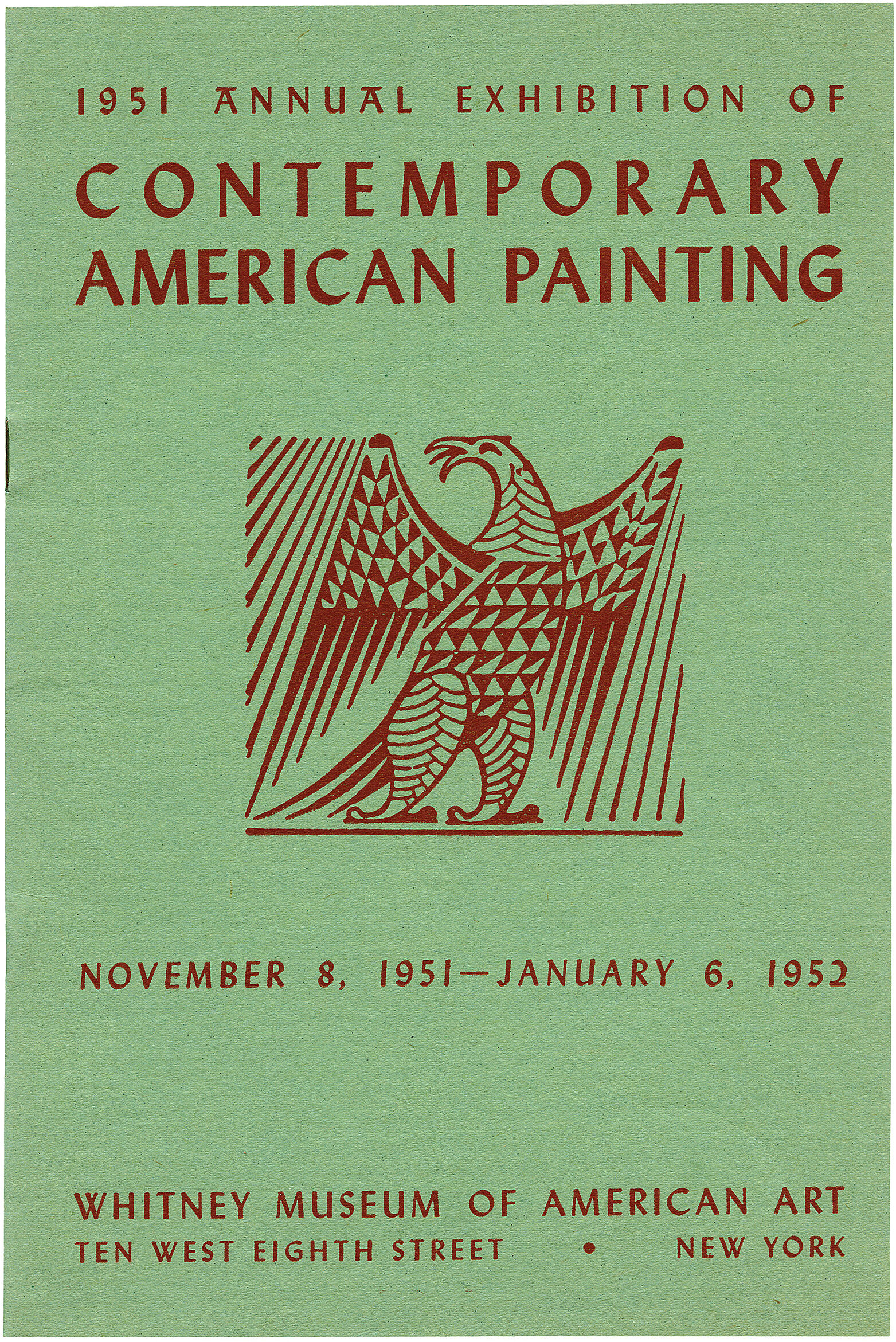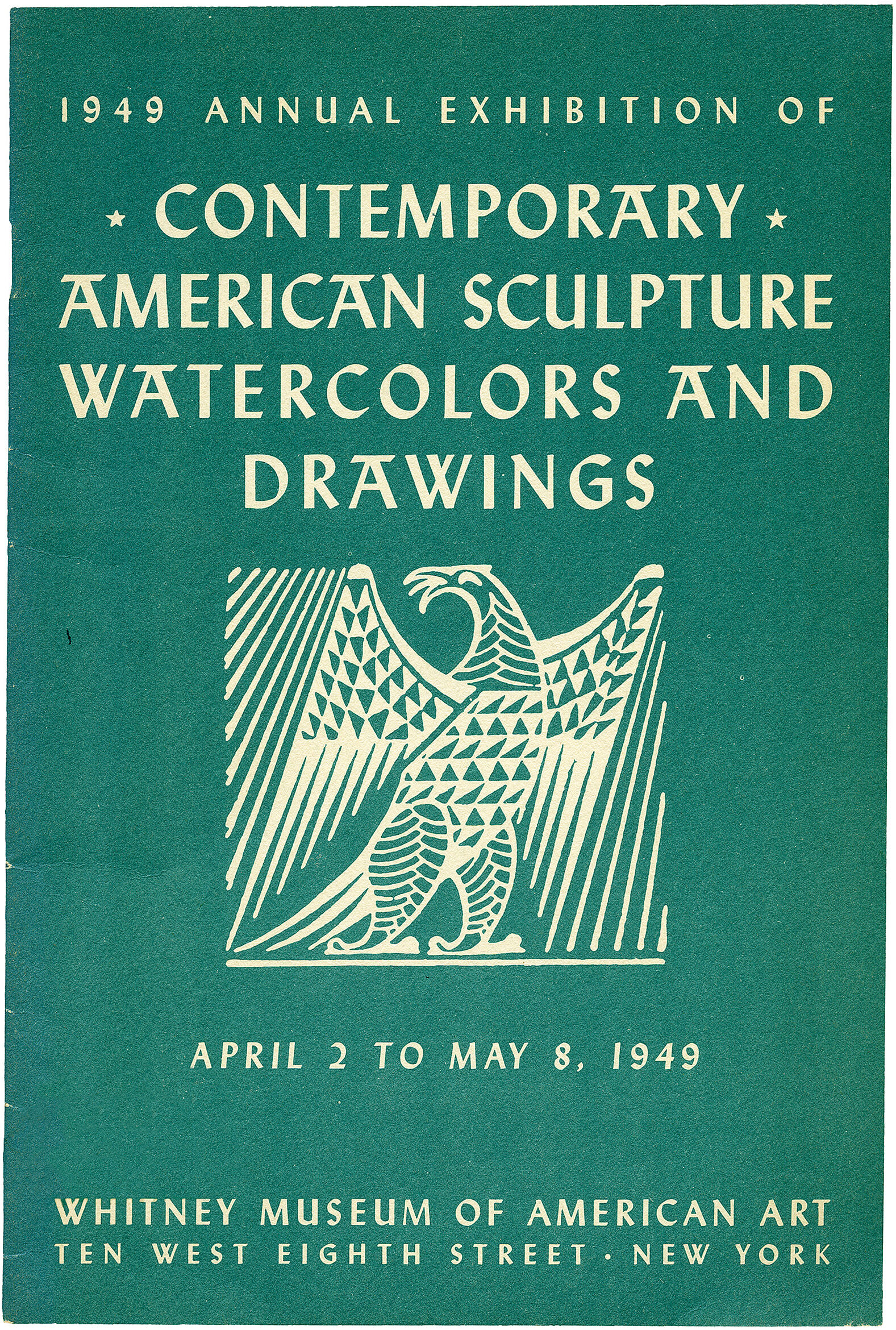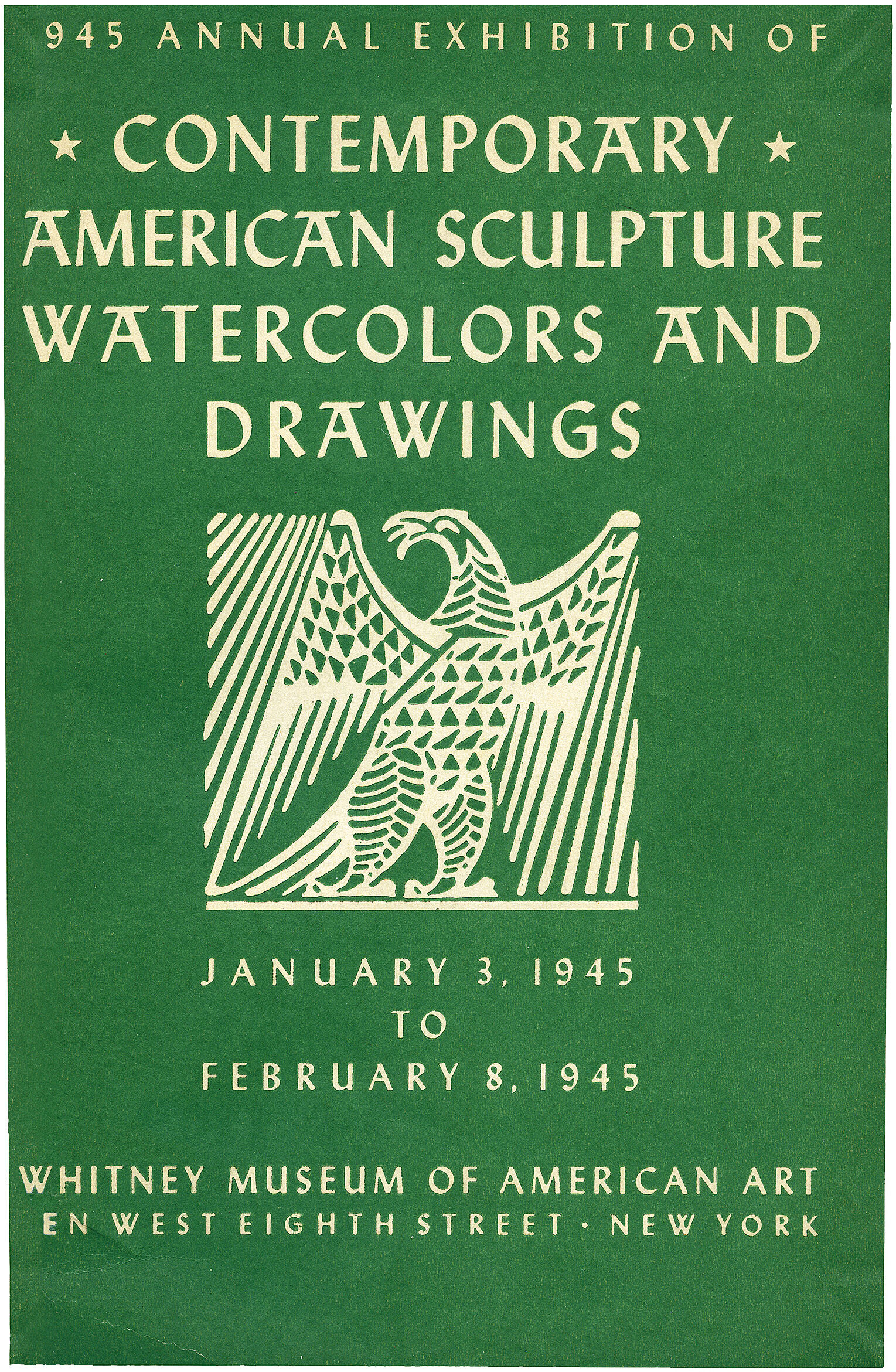Andrew Wyeth
1917–2009
Andrew Wyeth established himself as a master of realism amid the ascendancy of abstraction during the 1940s, remaining faithful to his meticulous depictions of rural America for more than sixty years. His subjects were the immediate surroundings of his modest life—family, friends, and, above all, the landscapes of his hometown of Chadds Ford, Pennsylvania, and his summer retreat in Cushing, Maine. Winter Fields, an early canvas painted before Wyeth began to incorporate figures into his work, portrays a crow lying lifeless in a desiccated field. The only signs of life are two houses visible on the horizon in the far distance. Completed at the height of World War II, this somber, bleak scene may have been intended to evoke the casualties occurring in the battlefields of Europe or to reference the Revolutionary War dead of the Brandywine battlefield adjacent to the farm.
To bolster the authenticity of the imagery, Wyeth made two sketches prior to painting Winter Field: one of the dead crow, which he found near his Chadds Ford studio, and another of the spindly clump of grass at the lower left. Yet despite the composition’s extraordinary detail, it subtly distorts reality. The rendering of the bird and foreground grasses is so painstaking as to seem exaggerated, creating a compression of the pictorial space toward the canvas surface. This effect is underscored by the equally sharp focus of the elements in the far distance, which defies visual logic and engenders an uncanny feeling not entirely out of step with contemporaneous Surrealist works, despite the artist’s desire to distance himself from such practices.
Introduction
Andrew Newell Wyeth ( WY-eth; July 12, 1917 – January 16, 2009) was an American visual artist and one of the best-known American artists of the middle 20th century. Though he considered himself to be an "abstractionist," Wyeth was primarily a realist painter who worked in a regionalist style, often painting the land and people of his hometown in Chadds Ford, Pennsylvania and his summer home in Cushing, Maine.
His father, the illustrator and artist N. C. Wyeth, was a key member of the Brandywine School of artists and illustrators. N.C. Wyeth gave Andrew art lessons as a child, during which he developed the skills to create landscapes, illustrations, figures, and watercolor paintings. His influences included the landscape artist Winslow Homer, American philosopher and naturalist Henry David Thoreau, and filmmaker King Vidor. Wyeth's wife, Betsy, managed his career and was a strong influence in his work. His son Jamie Wyeth is also an artist.
One of the best-known images in 20th-century American art is his 1948 tempera painting Christina's World, which is in the collection of the Museum of Modern Art in New York City. He is also known for The Helga Pictures and his paintings of windows. In addition to being awarded the Congressional Gold Medal in 1988, Wyeth was the first painter to receive the Presidential Medal of Freedom and the first American artist since John Singer Sargent to be elected to the French Académie des Beaux-Arts.
Wikidata identifier
Q316325
Information from Wikipedia, made available under the Creative Commons Attribution-ShareAlike License . Accessed January 2, 2026.
Introduction
Wyeth was trained by his father, Newell Convers Wyeth, a successful illustrator. Although offerred jobs as an illustrator, Andrew chose to pursue painting with tempera and watercolor. His introspective paintings of rural life were popular with the American public, although less respected by critics. American artist.
Country of birth
United States
Roles
Artist, owner, painter
ULAN identifier
500001266
Names
Andrew Wyeth, Andrew Newell Wyeth, Ėndri︠u︡ Uaĭet, Andoryū Waiesu, Ssu Wei, Wei-ssu, Weisi, Andrew Wyerh, Эндрю Уайет, アンドリュー ワイエス
Information from the Getty Research Institute's Union List of Artist Names ® (ULAN), made available under the ODC Attribution License. Accessed January 2, 2026.





